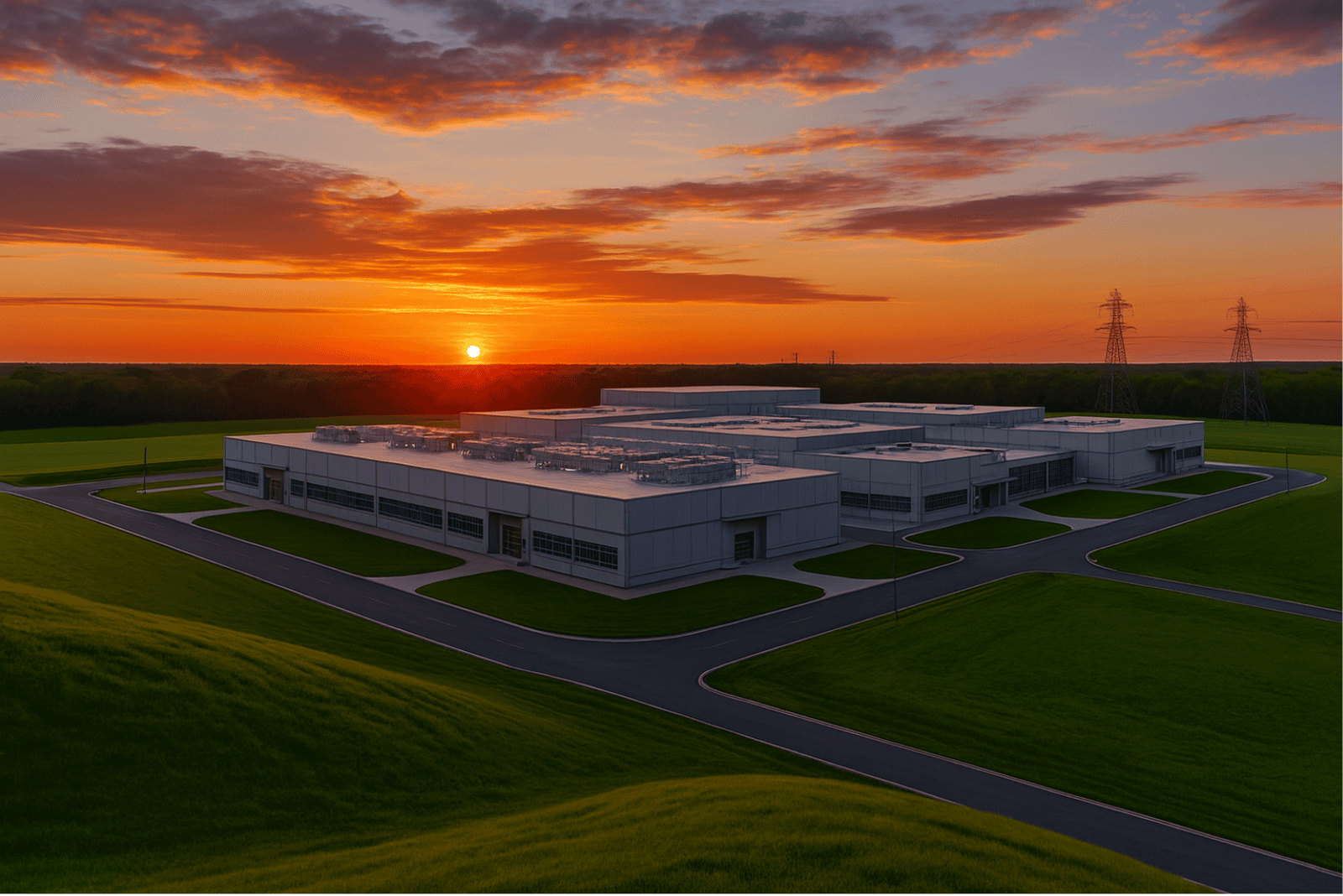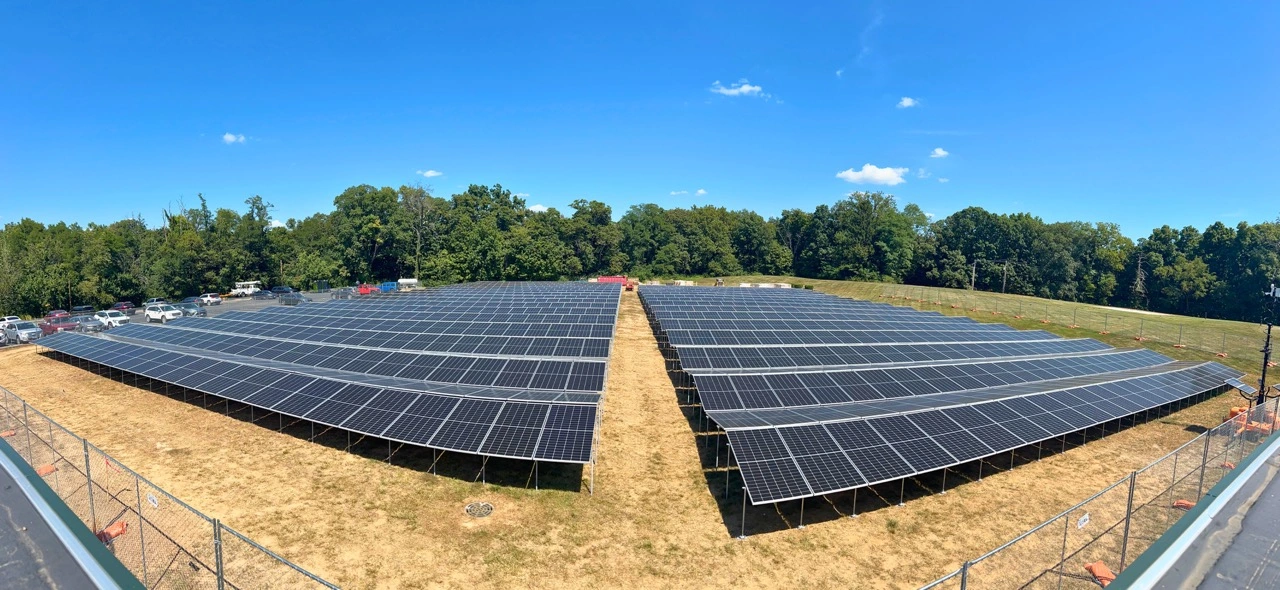Smarter Solar Construction: Reducing Hydrological Risk & Land Impact

In solar development, stormwater permitting can be one of the slowest, most expensive variables in the entire process. The more soil you disturb, the longer the review. The more grading you need, the more erosion you introduce.
The smarter move is to avoid those problems from the start.
Planted Solar’s approach is designed to help developers minimize hydrological impact during construction. With terrain-following arrays and low-disturbance installation, our approach reduces erosion risk, protects water quality, and supports faster site stabilization—streamlining both environmental permitting and long-term site performance.
What are the hydrological risks in solar construction?
Increased runoff. Erosion. Sediment loading. These are all familiar concerns on solar sites—but they’re under sharper scrutiny than ever. As solar installations grow and regulators tighten stormwater rules, land management is becoming a gating factor for permitting and construction timelines.
Conventional solar construction methods—clearing vegetation, grading the land flat, and running heavy machinery to accommodate conventional racking systems—compound that risk:
- Compacted soil and disrupted terrain create long-term infiltration issues and raise O&M costs
- Disturbed topography and exposed soils increase erosion, leading to sediment-laden runoff and water quality violations.
- Greater impervious coverage—from roads, equipment pads, and high-clearance arrays—triggers more complex permitting and stormwater infrastructure requirements.
The result: delayed approvals, more mitigation, and tighter design tolerances.
A terrain-following system that simplifies stormwater permitting
Planted Solar’s construction approach reduces risk at the root by limiting disturbance from the outset. Our system is engineered for faster builds, lower hydrological impact, and higher confidence in both planning and execution.
Here’s how it helps:
- Minimal disturbance: Our arrays conform to the existing contours of the terrain, reducing the need for grading and preserving existing topsoil and vegetation.
- Reduced compaction: By using small, modular equipment, we minimize the soil compaction caused by conventional solar construction machinery.
- Faster stabilization: Our accelerated construction timelines help projects reach hydrological and soil stability faster than traditional installations.
- Optimized land use: Our approach requires 50% less land per megawatt-hour (MWh), lowering the total environmental impact and increasing siting flexibility for developers.
Why low-impact solar construction gives developers an edge
Developers are navigating more complexity, tighter interconnection windows, and rising construction costs. Hydrological risk may not be the first thing on a project checklist—but it often becomes the thing that slows everything down.
Planted helps reduce that risk by simplifying the construction process from the start. By minimizing land disturbance, accelerating stabilization, and shrinking the footprint of construction, we help developers move through permitting with fewer surprises and more certainty.
About Planted Solar
At Planted Solar, we’re redefining what’s possible in solar. Our integrated software and hardware platform simplifies every step of solar deployment—pairing high-density, terrain-following arrays with automated installation to unlock more land, lower costs, and build projects in half the time. For developers, EPCs, and IPPs who are relentless about precision, profitability, and results, Planted Solar is your sharpest tool in the box.
Ready to build smarter? Let’s talk.
Title - Questions to the client
Lorem ipsum dolor sit amet, consectetur adipiscing elit, sed do eiusmod tempor incididunt ut labore et dolore magna aliqua. Ut enim ad minim veniam






